Taxim III Op. 16 by Dimitris Papadimitriou
In Persian, Taxim is the ramp where musicians would play (taquasim). In Turkish, it means crossroad (taksim). Traditional.... Read More
£15.00 ex. TAX *
£15.00 inc. TAX
| Weight | 0.085000 kg |
|---|---|
| Composer | |
| Difficulty | |
| Instrument |
Available for pre-order (expected within 2 weeks)
SKU:
BEP12-001
Category: Solo Music
Description
In Persian, Taxim is the ramp where musicians would play (taquasim). In Turkish, it means crossroad (taksim). Traditional Greek musicians, in place of the word key or mode, use the word road. The same word in Latin is used as the title of the present work. Traditional musicians use this word to mean improvisation; hence, the derivation of this expression: the crossing of the roads. This type of improvisation occurs with a solo instrument either before the main body of a song or a dance, as an introductory prelude, or between it. The composer characterizes the piece as learned ethnic. As in all of his previous works, this one is tonal, using ancient modes or their variation that leads to the use of peculiar key signatures. The ?non-familiar? performer needs to be very attentive to these key signatures, as well as the accidentals, because their use is not random. The words in the parentheses are the names that folk instrumentalists give each mode.
Two basic themes on D phrygian mode are revealed in the beginning of Taxim III. Immediately following are two improvisational section with musical traditional phrases in the same modes: D phrygian and G phrygian. The finale begins with the second main theme and concludes with a coda that consists of only i single measure sounding the initial cord.
Wherever there are trills in double notes, it is better if the first mallet hits the initial note. In ethnic or oriental style of improvisation, the interval of a second in a trill sounds better than that of a third.
Wherever an augmented second is formed – especially in the 2nd and 3rd degrees of the scale – it is appropriate if they are resolved in the following pitches higher or lower, due to a sense of attraction being formed; specifically, the motion from the 2nd to the 1st degree functions as the 7th leading tone in the major mode. In general terms, any of the given notes of the modes will sound correct; but one should be aware that, as in the major mode, the principle degrees are the 1st, 4th, or 5th. When playing one should make a reference to them very often by beginning or ending the phrases with them. In this style, the simpler rhythmic formulas sound much nicer than formulas with syncopations and rests in strong beats. The given time frames for the improvisations are only indicative, and they can be both decreased and increased – though not too much, in order that the coherence of the piece not be lost.
Reviews (0)
Only logged in customers who have purchased this product may leave a review.
Instrumentation
Marimba



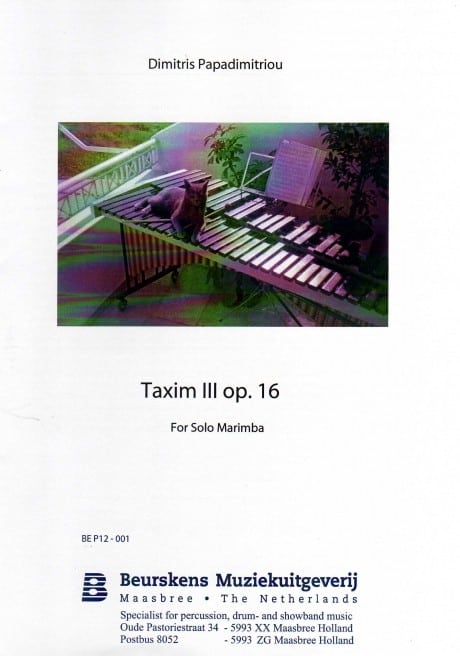
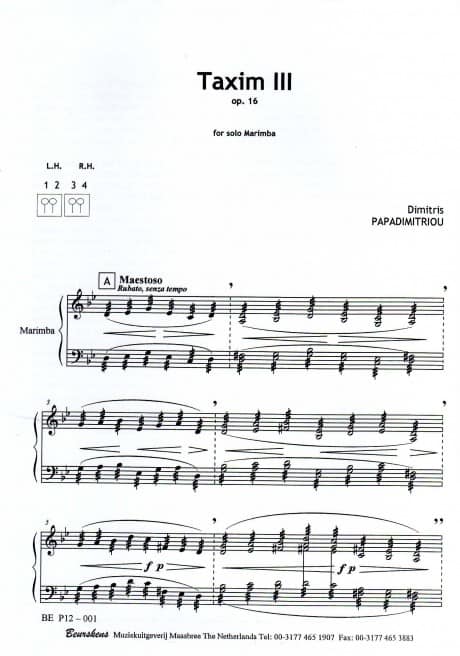
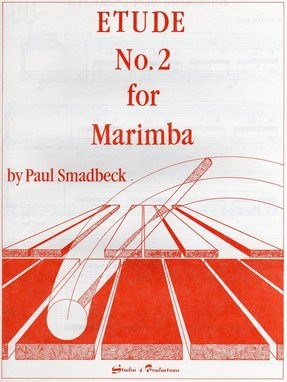
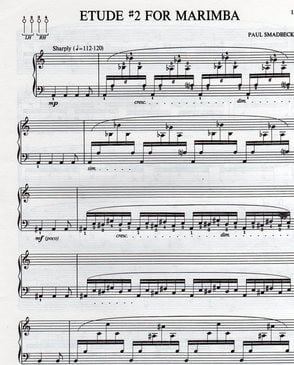
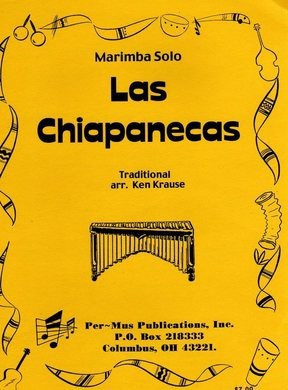

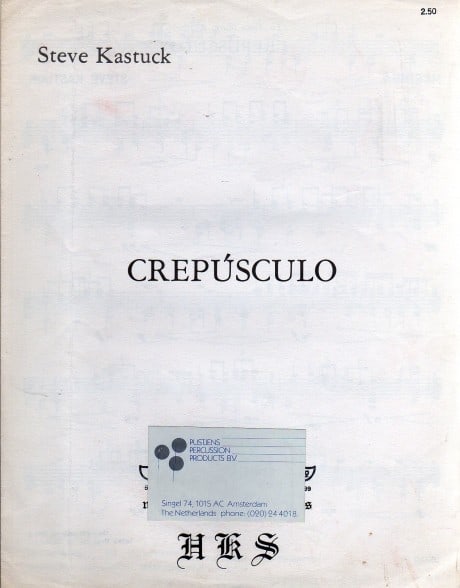
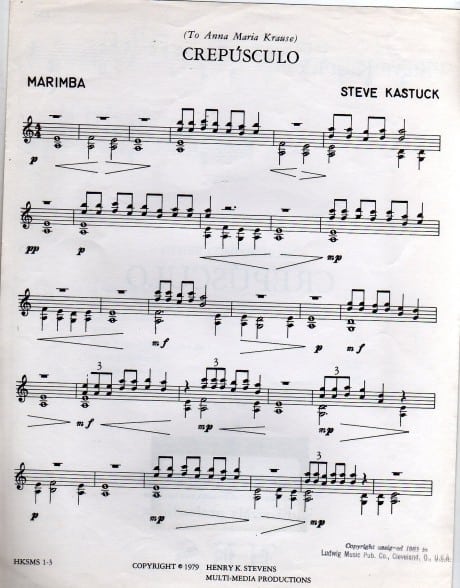
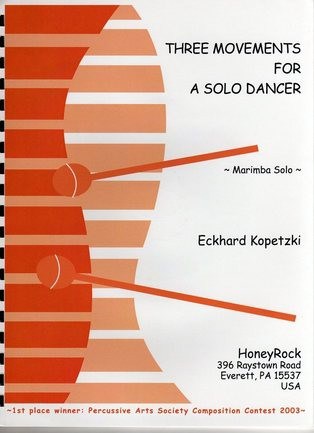
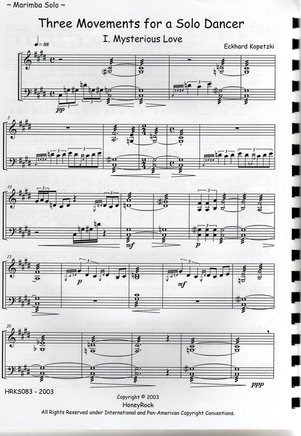
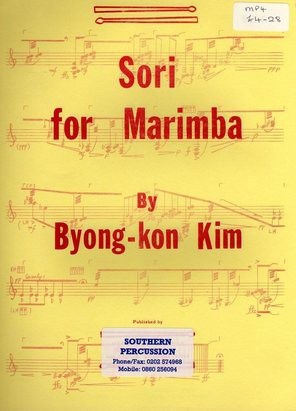
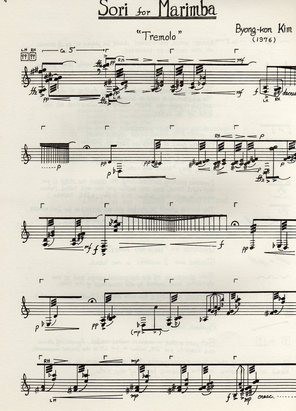
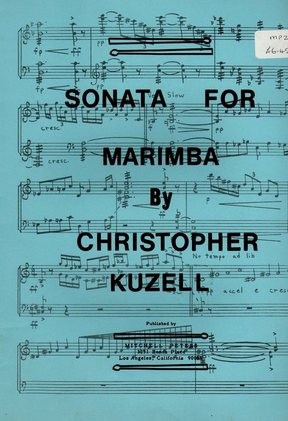
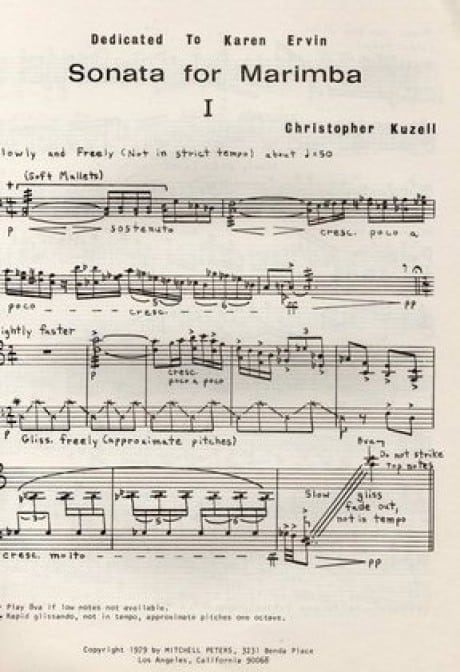
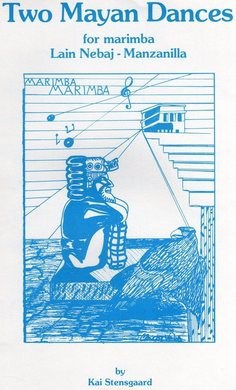
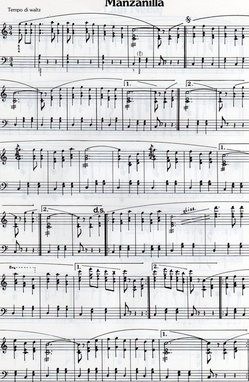
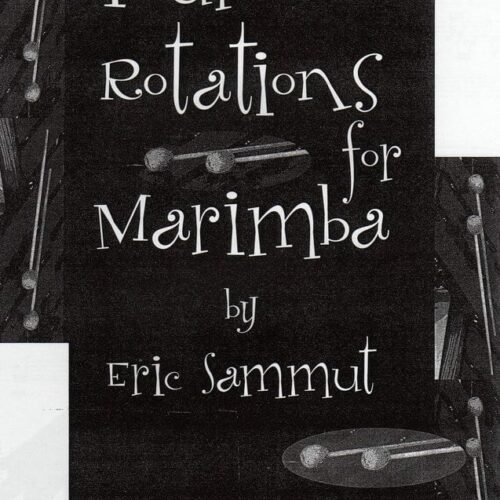


Reviews
There are no reviews yet.